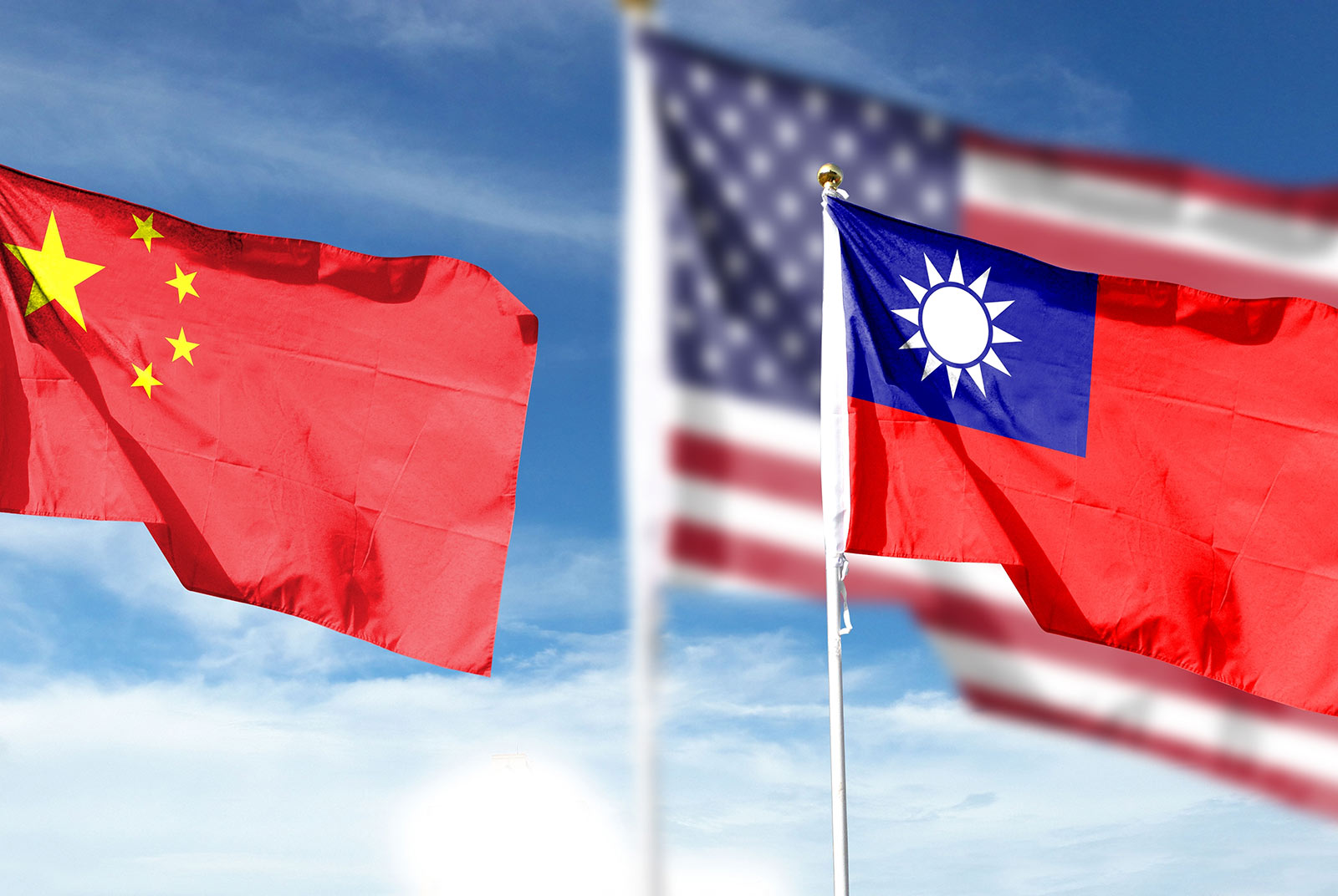Low-carbon hydrogen through CO₂ Capture - ALFE’s Zero-Emission Eco-Logistics in Taiwan
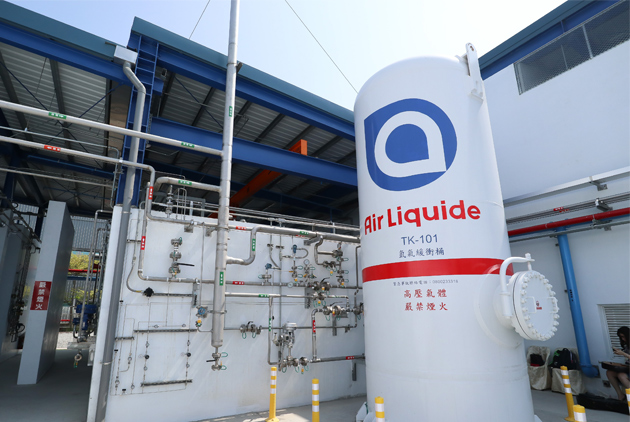
Source:Ming-Tang Huang
As the main gate of entering Taiwan with the biggest international airport located in, Taoyuan has great potential on becoming the “Hub of Eco-Logistics” in Taiwan with the support of diverse low-carbon/ green hydrogen applications.
Views
Low-carbon hydrogen through CO₂ Capture - ALFE’s Zero-Emission Eco-Logistics in Taiwan
By Olivier Blachierweb only
Hydrogen, the most valuable transition energy to smart city
Climate change is forcing us to adapt the way we source and use energy. The need for an energy transition is widely understood and shared. As the most abundant element in the universe, hydrogen has the potential to be a powerful enabler of this transition, since it offers a clean, sustainable, and flexible option for overcoming multiple obstacles that stand in the way of a low-carbon society.
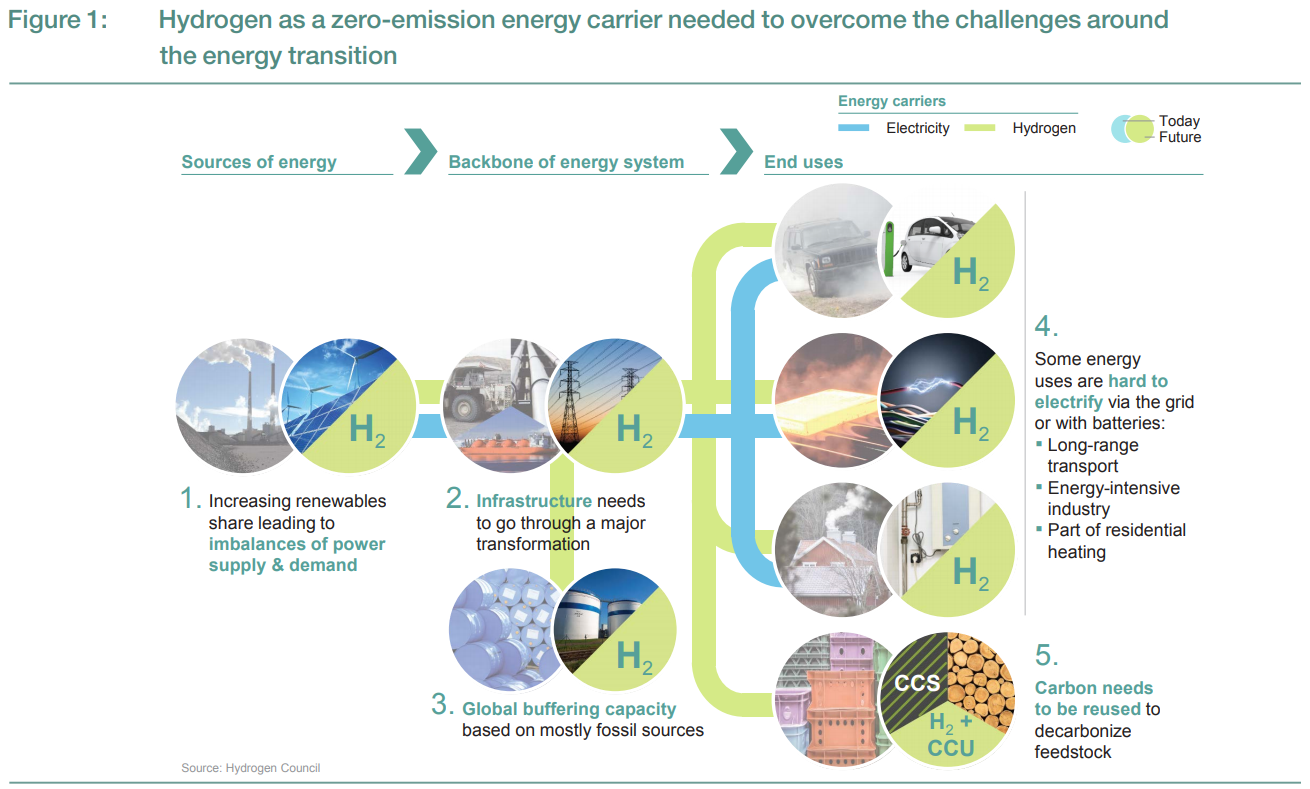 Figure 1, from hydrogen Council: How hydrogen empowers the energy transition.
Figure 1, from hydrogen Council: How hydrogen empowers the energy transition.
In addition, hydrogen’s unique properties make it a powerful enabler for the energy transition and make smart city solutions practical, with benefits for both the energy system and end-use applications (Figure 2), such as:
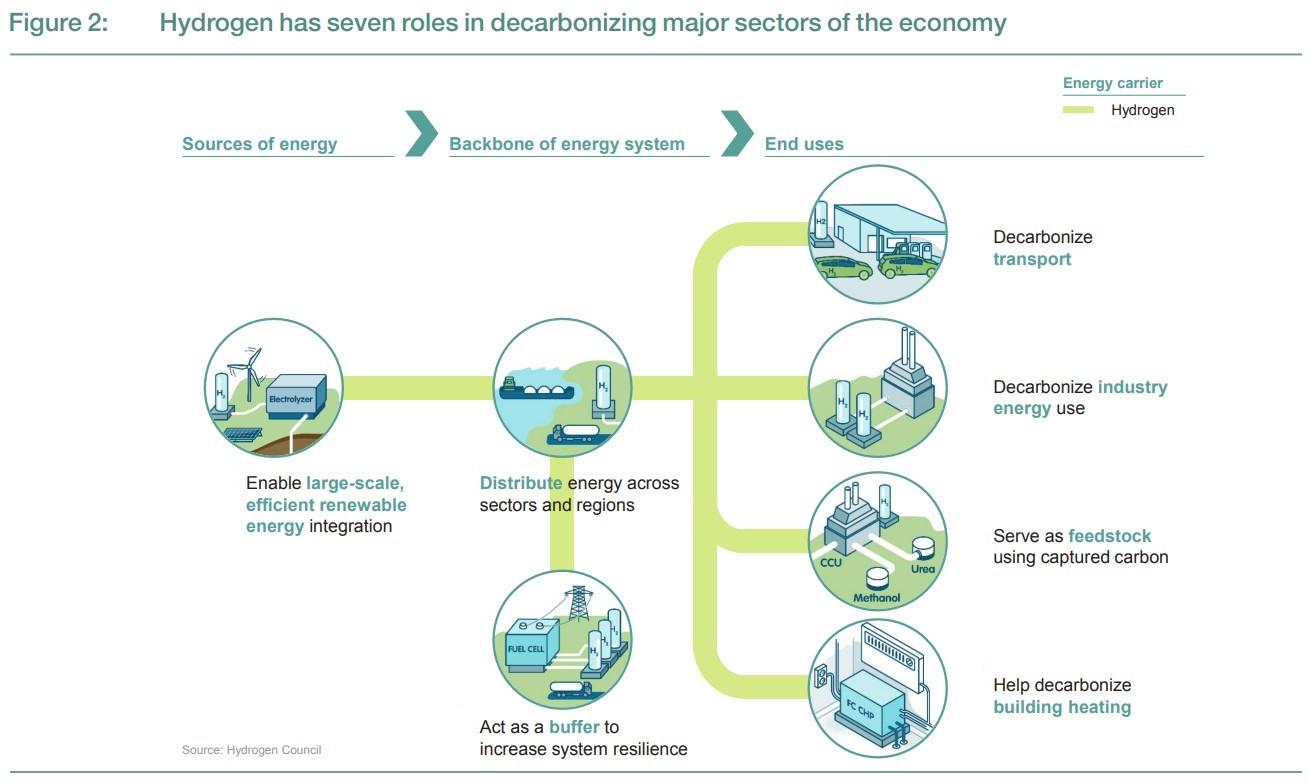
- Decarbonizing transport by using fuel cells for vehicles, airplanes, as well as powering trains and trams on non-electrified rail networks.
- Decarbonizing heating for buildings by using cogeneration to produce combined heat and power (fuel cells and hydrogen turbines).
- Decarbonizing the energy required for industry by using the green hydrogen produced with renewable energy for chemistry and to produce stationary electricity.
- Serve as a decarbonized raw material in numerous chemical and industrial processes, including the production of ammonia, methanol, and amines.
- Act as a “buffer” energy source to increase the resilience of the electrical network.
Hydrogen production methods
There are three main pathways to produce hydrogen:
- SMR (Steam Methane Reforming): Most hydrogen produced today is made via steam-methane reforming, a mature production process in which 700°C–1,000°C steam is used to produce hydrogen from a methane source, such as natural gas. Carbon monoxide, and a relatively small amount of carbon dioxide are produced along with hydrogen. Air Liquide has developed an innovative cold capture system (Cryocap™) that captures 60 to 90% of the CO₂ released during this hydrogen production through a cryogenic process.
- Methanol Cracking: Methanol is not only recognized as one of the cleanest fuels, but also an ideal hydrogen carrier. In the cracking process, methanol and water are mixed, vaporized and overheated to reach methanol cracking reaction and CO shifting reaction then generate a gas mixture with H₂, CO₂ and a small amount of residual CO.
- Electrolysis: Electrolysis of water is one such most capable method for production of hydrogen since it uses renewable H₂O and produces only pure oxygen as a by-product. In the electrolysis process, water molecules are dissociated into hydrogen and oxygen under the influence of electricity. It is a promising option for hydrogen production from renewable resources by converting the excess electricity produced by renewable energy into hydrogen through water electrolysis. This stores the energy in gas form so that it can be used as and when it is needed.
Reduction and recycle of CO₂
For many years now, Air Liquide has been committed to sustainable growth, notably to limit its own CO₂ emissions as well as those of its customers. In fact, Air Liquide has newly announced its sustainability objectives, including reducing its CO2 emissions by -33% by 2035 – compared to 2020 – with the aim to achieve carbon neutrality by 2050. Also, it will invest 8 billion euros in the low-carbon hydrogen supply chain by 2035.
Here in Taiwan, Air Liquide Far Eastern (ALFE), a joint-venture between Air Liquide Group and Far Eastern New Century Group, is also looking for feasible ways to reduce carbon footprint and to develop more eco-friendly solutions with its customers. In Guanyin, Taoyuan, one of the hydrogen plants of ALFE, where hydrogen is produced from methanol cracking, about 10,000-12,000 tons of carbon dioxide (the by-product of this process) are emitted to the atmosphere annually (or up to 40 tons per day).
In order to make better use of resources and to reduce greenhouse gas emission, ALFE Guanyin Plant has kicked-off a CO₂ capturing program to recover the carbon dioxide from its hydrogen production. It is estimated that more than 90% of CO₂ off-gas can be captured through the recovery process, equalling to 7,000 tons of CO₂ emission savings per year. The retrieved carbon dioxide can be purified then utilized for electronic-grade CO₂ applications.
Taoyuan to Be the “Hub of Eco-Logistics” in Taiwan
As the main gate of entering Taiwan with the biggest international airport located in, Taoyuan has great potential on becoming the “Hub of Eco-Logistics” in Taiwan. To fulfill such ambition, it must reduce local pollution and global emissions by solving urban freight challenges. With the support of hydrogen, below practical solutions, which Air Liquide has implemented in other cities around the world, can be applied to tackle mobility challenges of Taoyuan:
Hydrogen Forklift
By eliminating the need for battery recharging and servicing, hydrogen-powered forklifts deliver a 2 - 5% productivity gain versus traditional vehicles powered by lead acid batteries. Hydrogen-powered vehicles can be refueled on-site in less than four minutes. Hydrogen fuel cells can be retrofitted into existing forklift trucks in the space required by lead acid batteries. The required infrastructure can be easily integrated into existing space using small-footprint refueling stations.\
Hydrogen Bus and Trucks
Hydrogen is particularly charming for decarbonizing heavy mobility, as it allows for high autonomy and short charging time. Hydrogen bus/truck meets the challenge of clean transportation, and contributes to improving air quality while avoiding emitting any noise. Air Liquide proposes to establish in Taoyuan the first hydrogen bus that allows transportation of local residents and guests from Taoyuan High Speed Rail Stations, Taoyuan Airport and Taoyuan downtown.
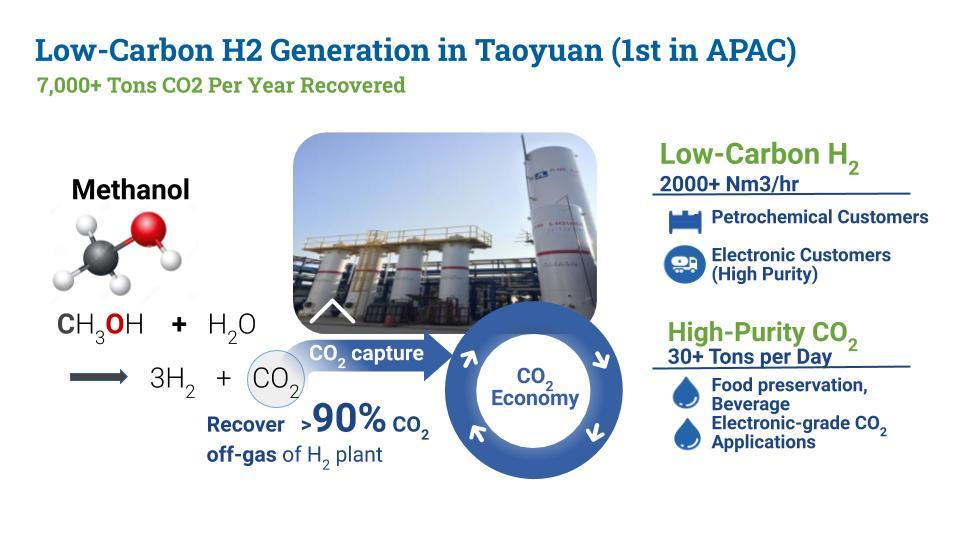 Figure 3. Low-Carbon H₂ Generation in Taoyuan and Its Applications.
Figure 3. Low-Carbon H₂ Generation in Taoyuan and Its Applications.
In short, ALFE hopes to help Taoyuan transform into a low-carbon city where hydrogen and the recycled CO₂ from hydrogen production can be used in a wide range of applications. These approaches will also be a great showcase to echo SDG 11: Sustainable Cities and Communities to make cities more inclusive, safe, resilient and sustainable.
About the author:

Olivier BLACHIER joined Air Liquide Group in 2007, played critical roles in Solar Photovoltaic, Electronics, and Industrial Merchant World Business respectively in the group. Olivier took on the role of President of Air Liquide Far Eastern (ALFE), as well as Electronics VP responsibility for the Greater China Cluster in 2018.
Olivier is a French-American dual-citizen holding Business & Finance degree from UC Berkeley (USA) and a Master of Sciences in Fluid Mechanics & Chemical Engineering from Grenoble Polytechnique National Institute (France).
Have you read?
♦ Is Taiwan ready for the hydrogen economy?
♦ It’s time to make hydrogen dreams come true
♦ The future of semiconductor depends on a Tainan hydrogen plant
Uploaded by Penny Chiang

